5 Things You Should Know About Fighter Pilot's Daughter
1. It’s a true story—an account of my life as one of four daughters in an Irish-American, Catholic, military family.
2. The
plot of the book follows the moves we made at the behest of the Marine Corps
and Army. And we moved a lot –on average once every two years.
3. Fighter
Pilot’s Daughter is my first book of non-academic writing. I spent many
years as an English professor and published a couple of academic books. This
was my first venture into making a story about my own, personal
experience. It was a very exciting and very frightening thing to do. I had no
idea if I could pull it off but was thrilled to see that I could.
4. Some
readers have wondered how my sisters, who have a central role in Fighter
Pilot’s Daughter, reacted to the book. Well before publication, I gave them
the manuscript to read. I wanted to know if there was anything they objected to
so we could talk about it and work out potential issues. But they were very
supportive and didn’t complain about anything—none of the complicated pictures
of our family the book conveys, including our father’s alcoholism. I’ve been very
grateful for that support and wouldn’t feel right about the book if they hadn’t
seen it before it came out.
5. Fighter Pilot’s Daughter is one of the few works of
non-fiction about a specific military family and one of even fewer that
situates the experience of military family life on base and all the moving
within the larger picture of the late Cold War.
Mary Lawlor is the author of Fighter Pilot’s Daughter (Rowman & Littlefield 2013, paper 2015), Public Native America (Rutgers Univ. Press 2006), and Recalling the Wild (Rutgers Univ. Press, 2000). Her short stories and essays have appeared in Big Bridge and Politics/Letters. She studied at the American University in Paris and earned a Ph.D. from New York University. She divides her time between an old farmhouse in Easton, Pennsylvania, and a cabin in the mountains of southern Spain.
You can visit her website at https://www.marylawlor.net/ or connect with her on Twitter or Facebook.
Title: FIGHTER PILOT’S DAUGHTER
Author: Mary Lawlor
Publisher: Rowman and Littlefield
Pages: 323
Genre: Memoir
BOOK BLURB:
FIGHTER PILOT’S DAUGHTER tells the story of the author as a young woman coming of age in an Irish Catholic, military family. Her father, an aviator in the Marines and later the Army, was transferred more than a dozen times to posts from Miami to California to Germany as the government demanded. For her mother and sisters, each move meant a complete upheaval of ordinary life. The car was sold, bank accounts closed, and of course, one school after another was left behind. Friends and later boyfriends lined up in memory as a series of temporary attachments. The story highlights the tensions of personalities inside this traveling household and the pressures American foreign policy placed on the Lawlors’ fragile domestic universe.
The climax happens when the author’s father, stationed in southeast Asia while she’s attending college in Paris, gets word that she’s caught up in political demonstrations in the streets of the Left Bank. It turns out her strict upbringing had not gone deep enough to keep her anchored to her parents’ world. Her father gets emergency leave and comes to Paris to find her. The book narrates their dramatically contentious meeting and the journey to the family’s home-of-the-moment in the American military community of Heidelberg, Germany. The book concludes many years later, after decades of tension that had made communication all but impossible. Finally, the pilot and his daughter reunite. When he died a few years later, the hard edge between them had become a distant memory.
Praise
Mary Lawlor’s memoir, Fighter Pilot’s Daughter: Growing Up in the Sixties and the Cold War, is terrifically written. The experience of living in a military family is beautifully brought to life. This memoir shows the pressures on families in the sixties, the fears of the Cold War, and also the love that families had that helped them get through those times, with many ups and downs. It’s a story that all of us who are old enough can relate to, whether we were involved or not. The book is so well written. Mary Lawlor shares a story that needs to be written, and she tells it very well. ― The Jordan Rich Show
Mary Lawlor, in her brilliantly realized memoir, articulates what accountants would call a soft cost, the cost that dependents of career military personnel pay, which is the feeling of never belonging to the specific piece of real estate called home. . . . [T]he real story is Lawlor and her father, who is ensconced despite their ongoing conflict in Lawlor’s pantheon of Catholic saints and Irish presidents, a perfect metaphor for coming of age at a time when rebelling was all about rebelling against the paternalistic society of Cold War America. ― Stars and Stripes
Fighter Pilot’s Daughter. . . is a candid and splendidly-written account of a young woman caught in the political turmoil of the ’60s and the domestic turmoil that percolated around a John Wayne figure who won the Distinguished Flying Cross, eight Air Medals, and the Cross of Gallantry across three generations of star-spangled blood and guts. … Among the triumphs of the book is Lawlor’s ability to transition from academic – she is the author of two scholarly books and numerous articles about American literature and culture – to popular writing. ‘I tried very hard to keep my academic voice out of the book,’ said Lawlor, who will be retiring as a professor and director of American Studies after the spring semester. ‘In academic writing, you explain and explain and footnote and footnote, and some of the life inevitably comes out of it. I wanted this to have life.’ In so many ways it does….[particularizing] her family, including her mother, Frannie, her older twin sisters (Nancy and Lizzie) and a younger sister (Sarah). . . . In many ways the Lawlor women drive her narrative. … Her principal focus, inevitably, is her Fighter Pilot Father, who, in her words, ‘seemed too large and wild for the house.’ Jack Lawlor was so true to fighter-pilot form as to be an archetype, hard-drinking, hard-to-please, sometimes (though not always) hard-of-heart. Mary does not spare those details.’ ― Muhlenberg: The Magazine
This engrossing memoir adeptly weaves the author’s account of growing up in a military family in the United States and Europe with domestic American and international Cold War events. Mary Lawlor’s descriptions of her parents’ origins and aging, and her perceptive, honest reflections on childhood and young adulthood between the 1950s and 1970s, are illuminated by the knowledge and wisdom that develop over decades of adulthood. In re-visiting her earlier life, the author reveals a process of arriving at a compassionate understanding of the significant people in it—relatives, friends, nuns, boyfriends, and draft resisters, among others—and through this, a clearer understanding of one’s self. She demonstrates that comprehension of the broad historical context in which one lives—in her case, the pervasive global rivalry between communism and anticommunism, and its influences on American ideals about family roles, political values, and aspirations, which she questioned and challenged as a young woman drawn into the counterculture—is crucial for attaining such self-knowledge.
— Donna Alvah, Associate Professor and Margaret Vilas Chair of US History, St. Lawrence University














































































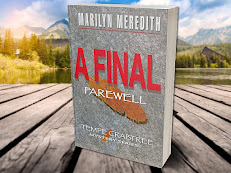



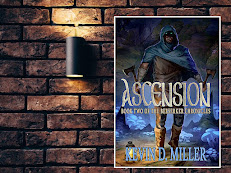

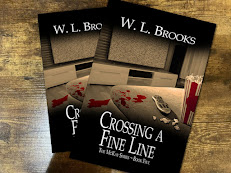



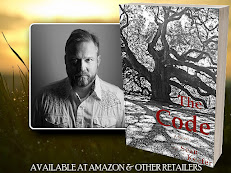



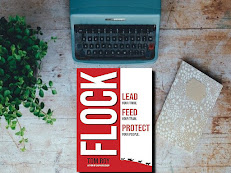

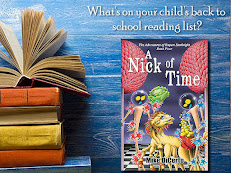




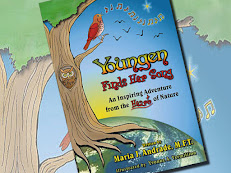






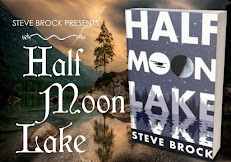











No comments:
Post a Comment
Thank you for your message!